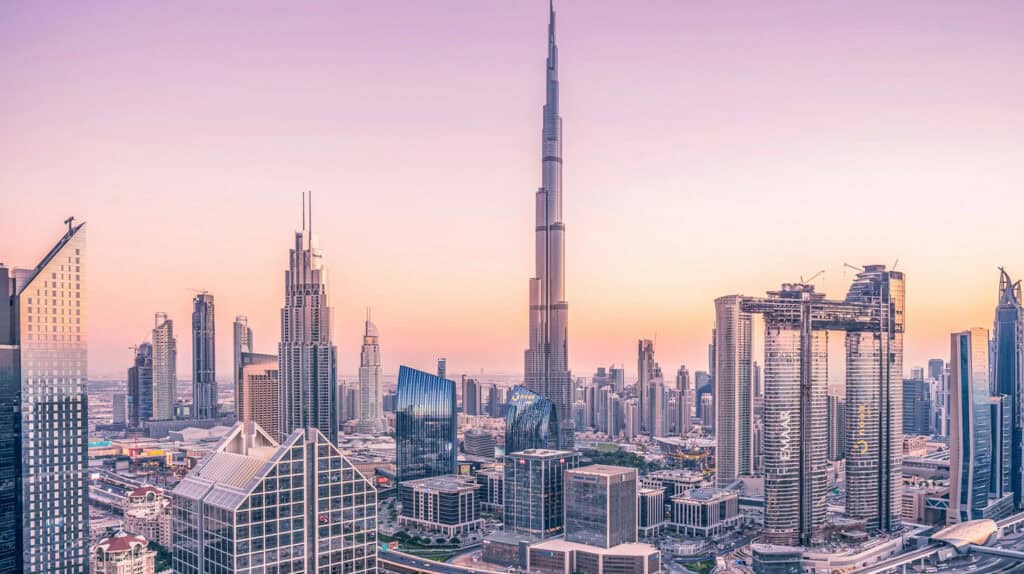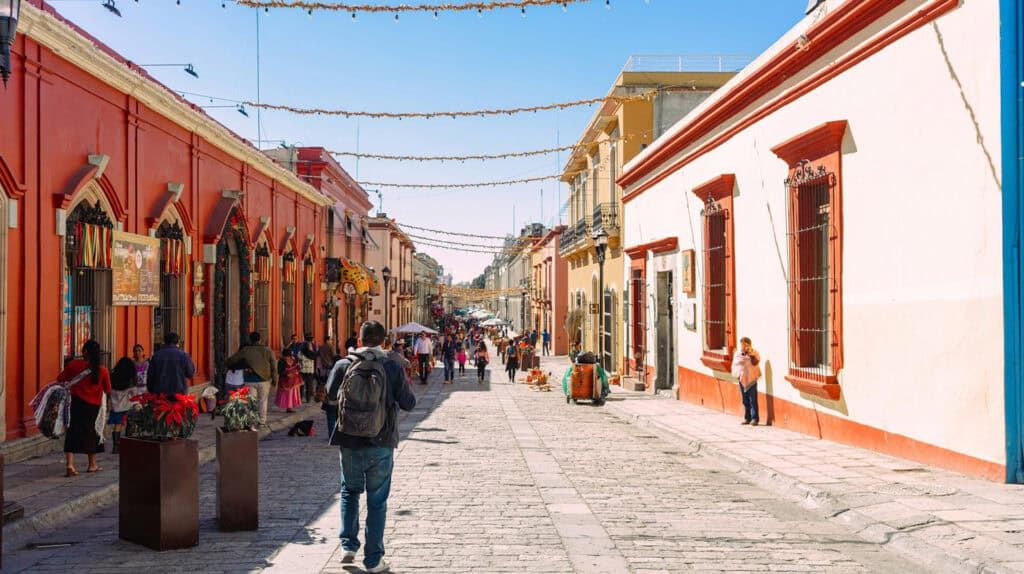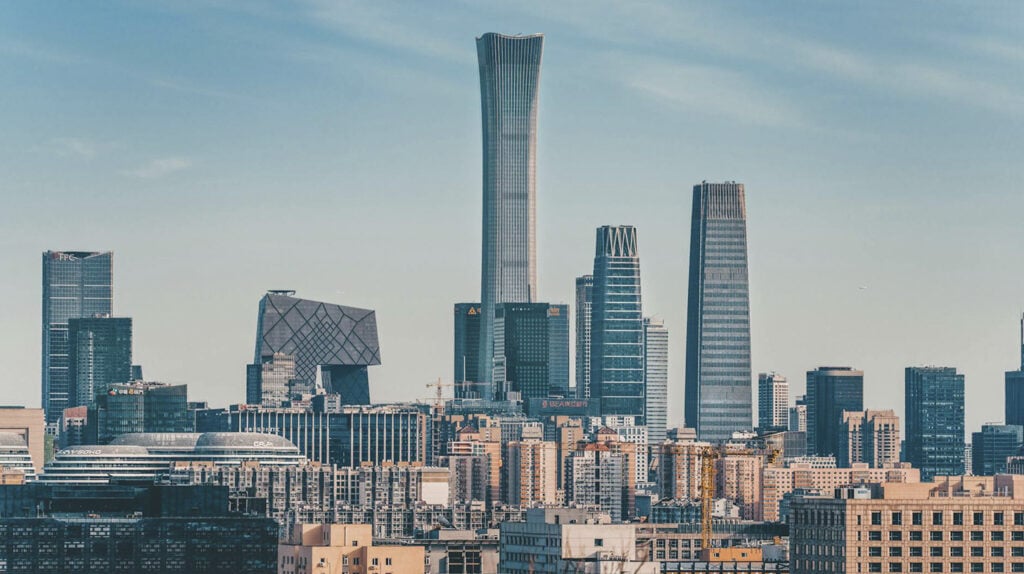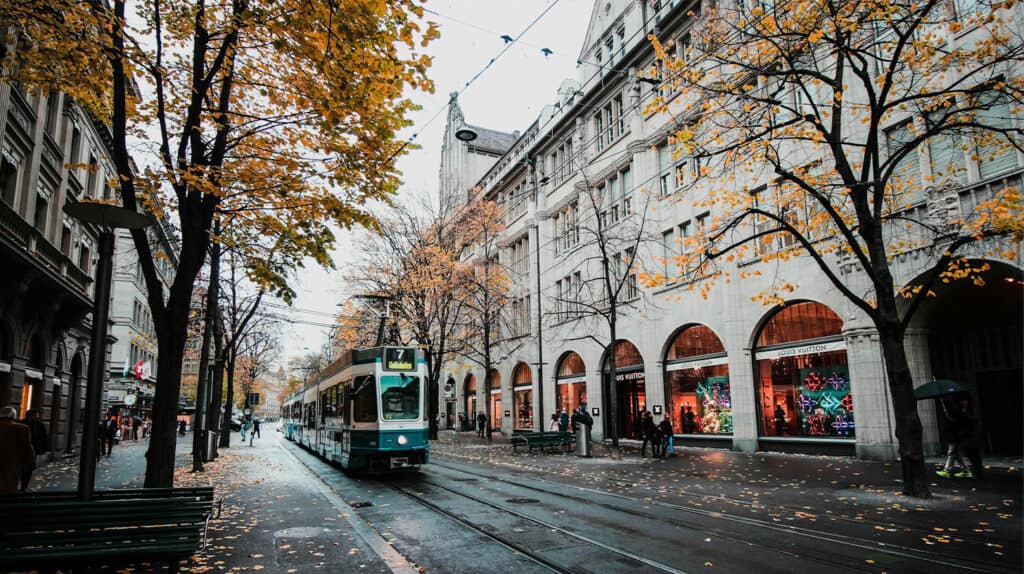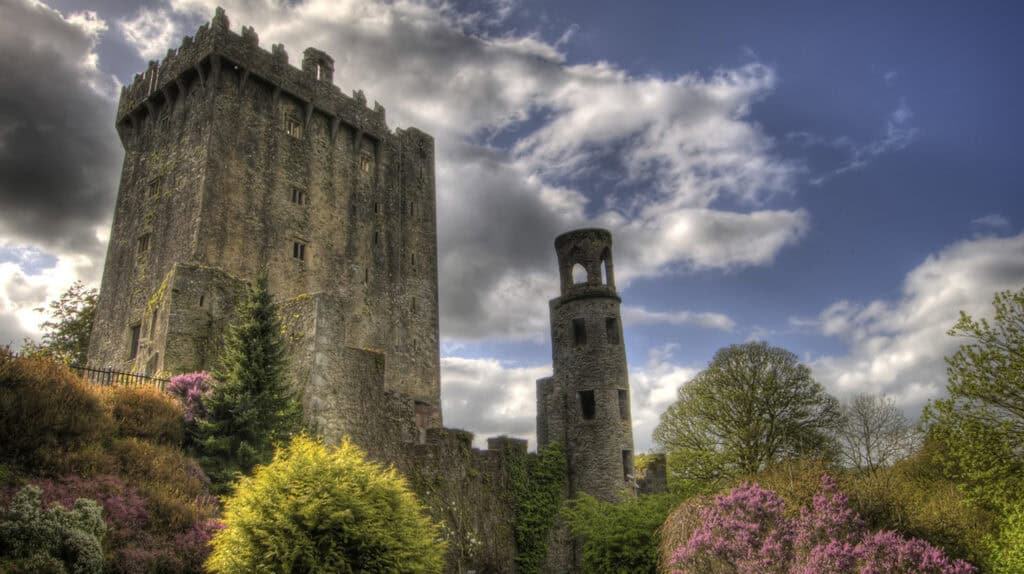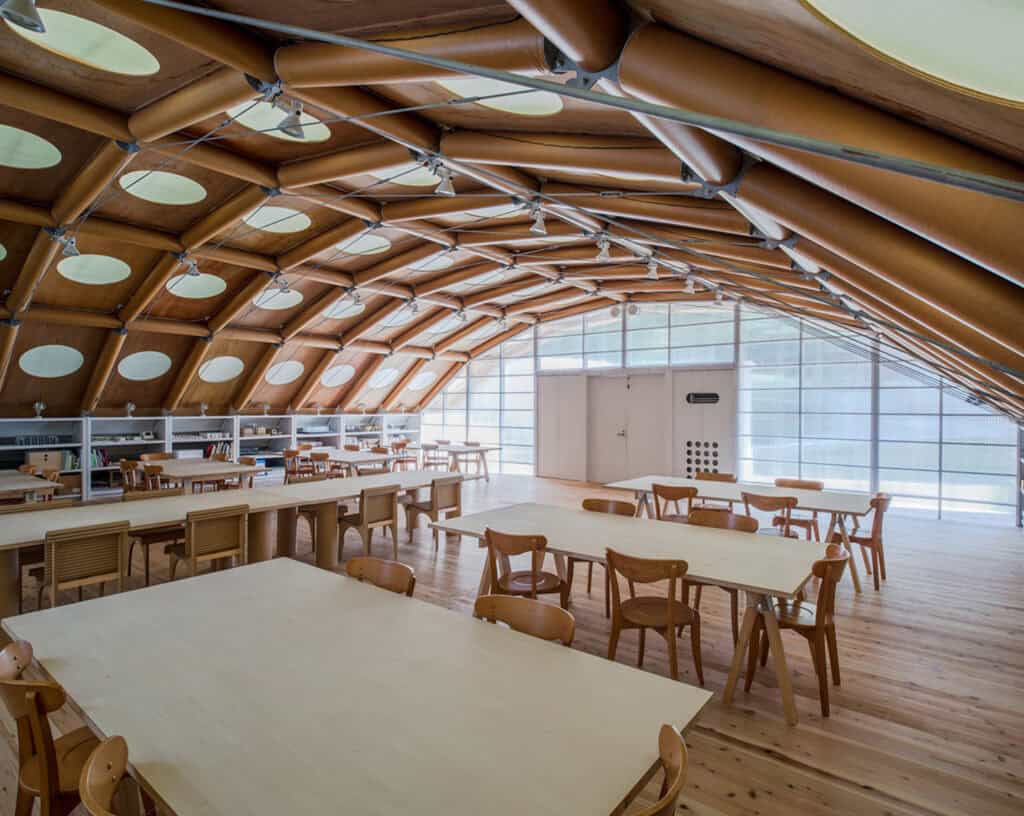
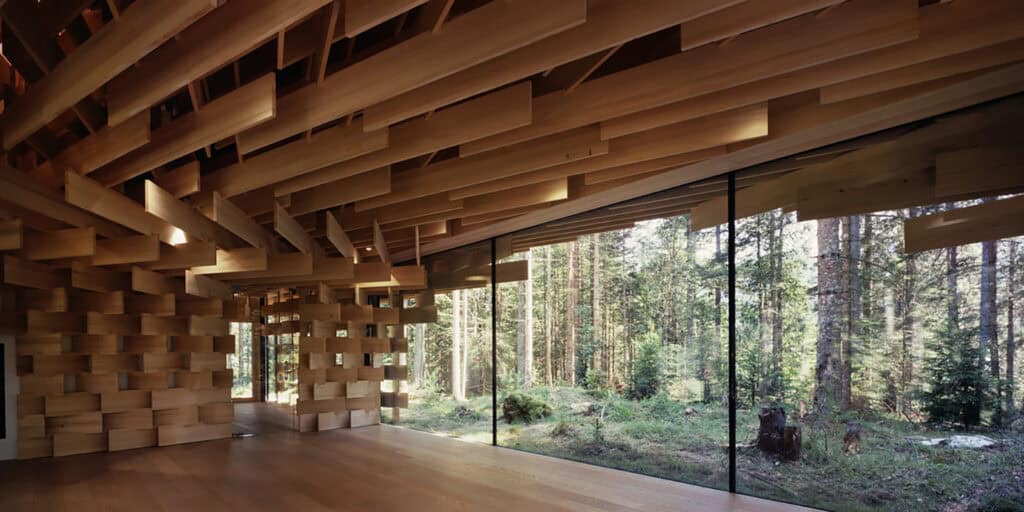
Do you want to know about the architects of the world’s most innovative, iconic buildings?
Japanese architecture is admired for blending tradition with modern design. It offers a unique view on how buildings can connect with their surroundings.
At Landmarks Architects, we have studied the legacies of six famous Japanese architects. They shaped Japan’s architecture and left a mark on the world.
In this article, we will explore:
- The pioneering vision of Kenzo Tange and his influence on urban planning
- Tadao Ando’s mastery of light and concrete in minimalist design
- The sustainable innovations of Shigeru Ban in humanitarian architecture
- Kazuyo Sejima’s redefining of modern art spaces
- Toyo Ito’s fluid forms that blur natural and built environments
- Kengo Kuma’s advocacy for vernacular architecture and sustainable design
Ready to discover how these architects have revolutionized the field?

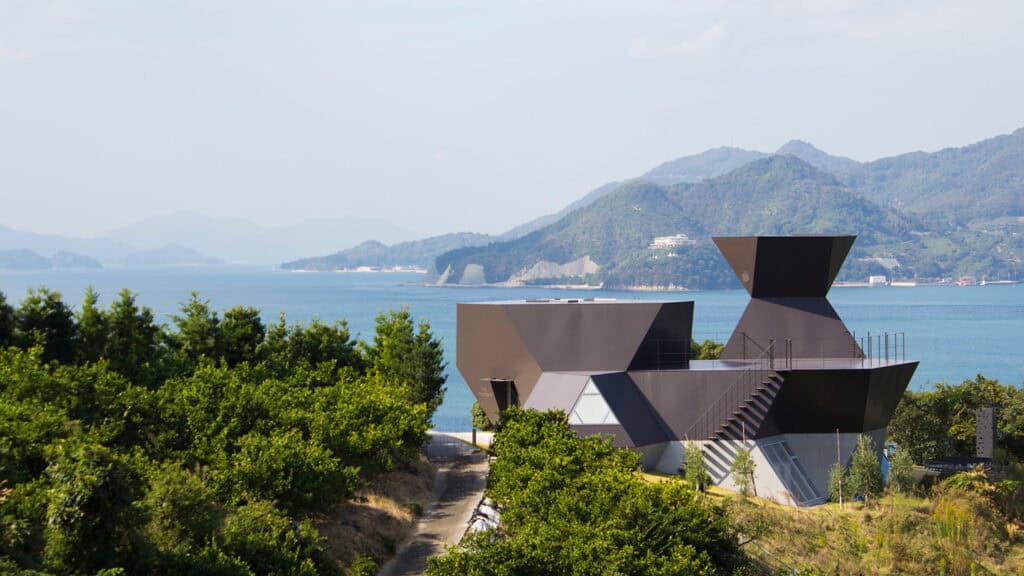
- 1. Kenzo Tange: The First Japanese Pritzker Prize Laureate
- 2. Tadao Ando: Master of Light and Concrete
- 3. Shigeru Ban: Innovator of Paper Tube Structures
- 4. Kazuyo Sejima: Redefining Modern Art Spaces
- 5. Toyo Ito: A Visionary in Fluid Forms
- 6. Kengo Kuma: Advocate of Vernacular Architecture
- Famous Japanese Architects: A Recap
1. Kenzo Tange: The First Japanese Pritzker Prize Laureate

Kenzo Tange was among the first Japanese architects to gain global fame after World War II. His innovative designs earned him the 1987 Pritzker Architecture Prize.
Tange’s philosophy integrated traditional Japanese styles with modernist ideals. He was notably influenced by Swiss modernist Le Corbusier. He successfully blended Eastern and Western aesthetics.
Tange’s legacy goes beyond his buildings, profoundly affecting urban planning globally. His work is linked to the Metabolist movement. It values adaptability and organic growth. His ideas still shape today’s architecture and design.
Notable Works:
- Hiroshima Peace Memorial Park: A poignant reminder of the atomic bomb’s impact.
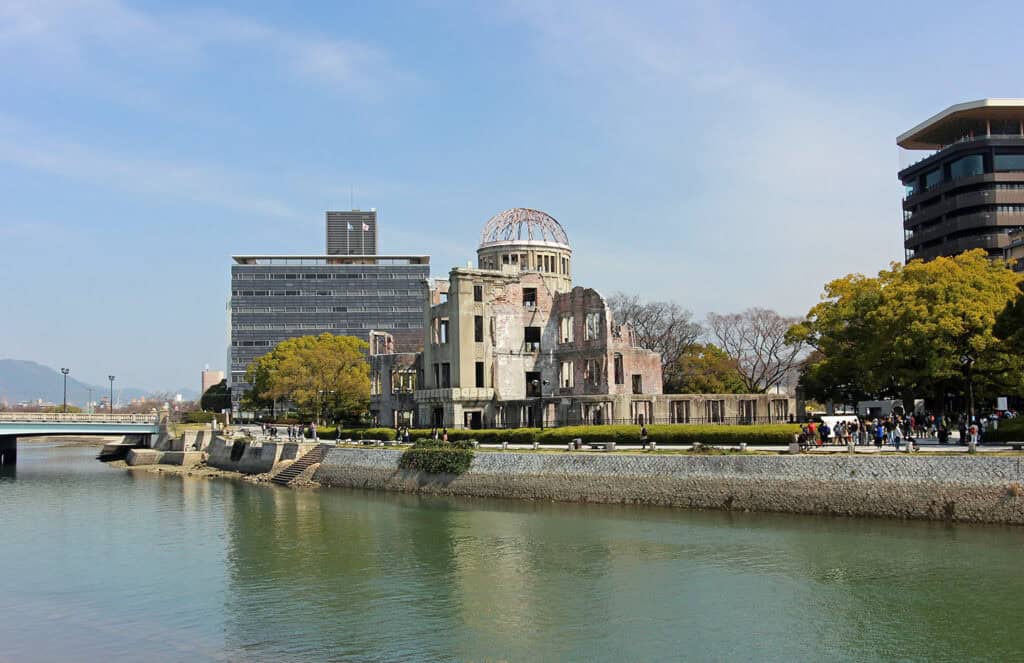
- Tokyo Bay Master Plan: Showcased his commitment to urban planning and modern development.
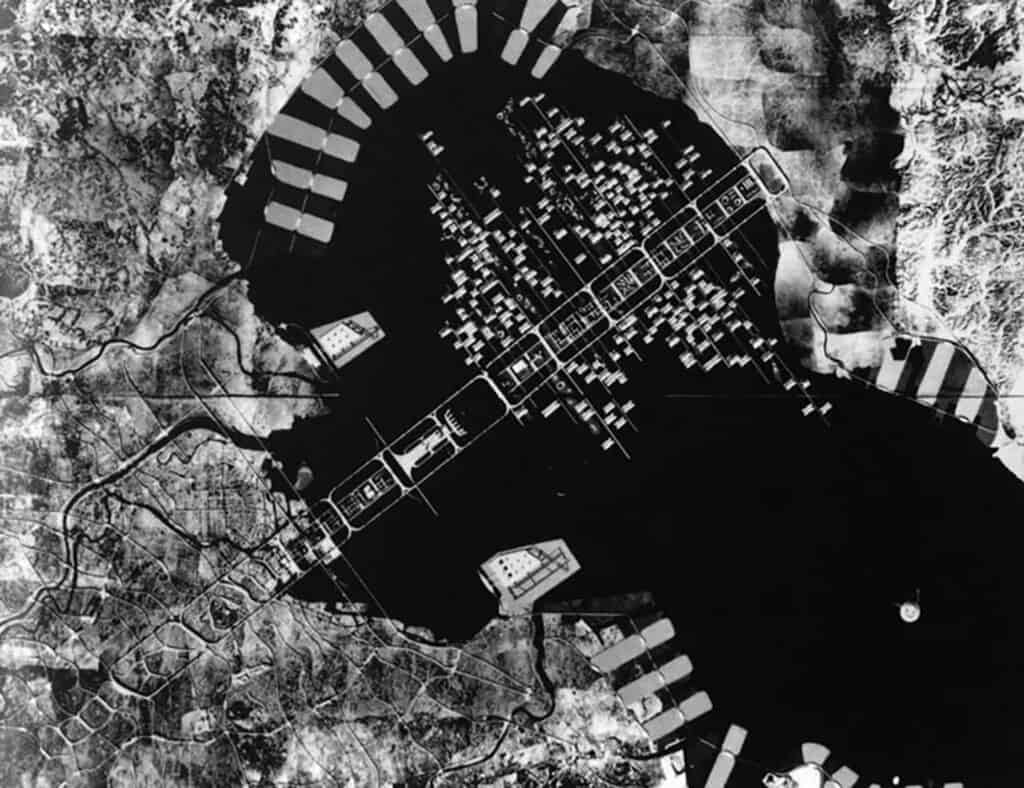
Tange also shared his knowledge as a professor at Columbia University and Tokyo University.
2. Tadao Ando: Master of Light and Concrete
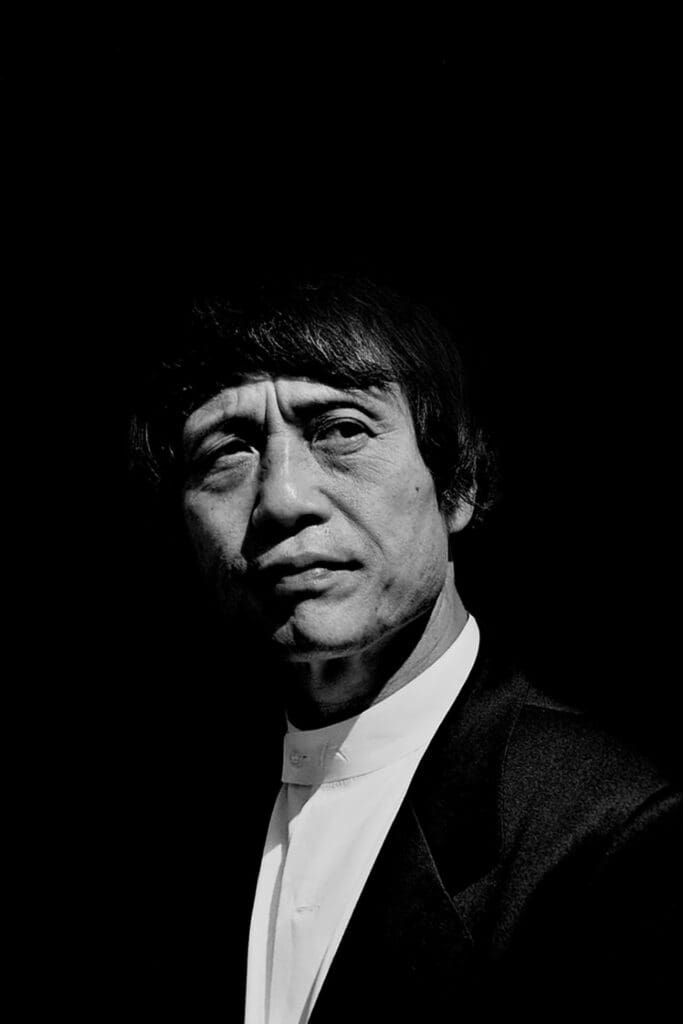
After Tange, another architect gained fame for his minimalist style. That was Tadao Ando. Tadao Ando, a self-taught architect, is famous for his use of concrete and natural light. He emphasizes harmony between architecture and nature. His minimalist design uses vast concrete surfaces.
It focuses on light and space. This creates serene, engaging environments that connect with their surroundings.
Ando is globally recognized. He won the Pritzker Architecture Prize. This shows his impact on modern architecture. His work, studied by Harvard and Yale, reflects a deep understanding of space and form, shaped by his unique experiences.
Notable Works:
- Iida City Museum: It shows his belief in using empty spaces to inspire thought and reflection.
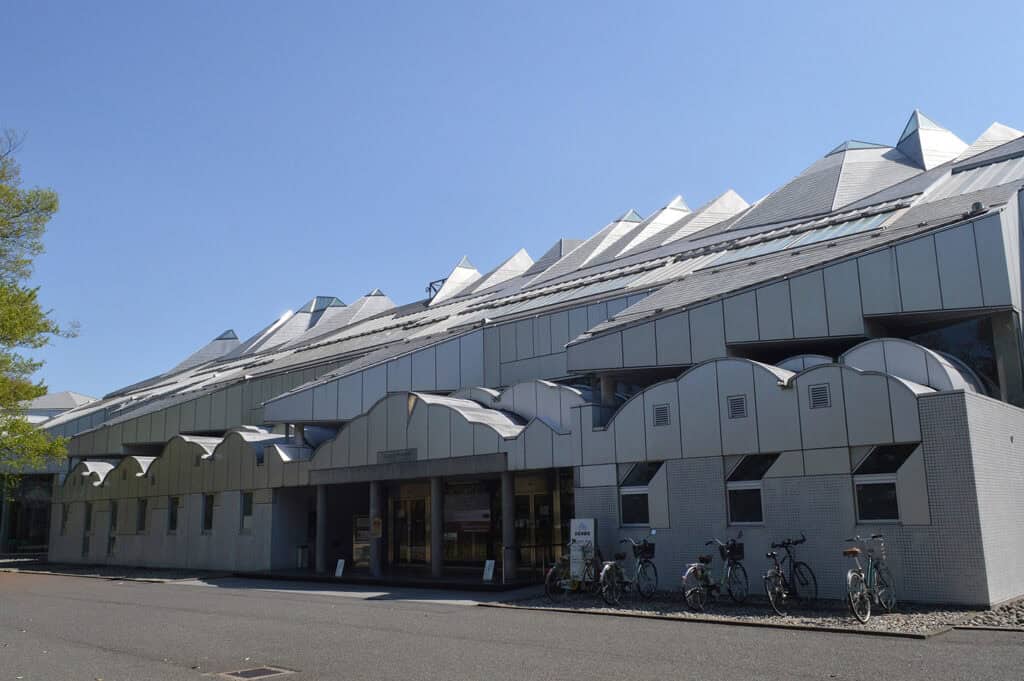
- Hyogo Prefectural Museum of Art: It shows his skill with natural light and concrete in serene settings.
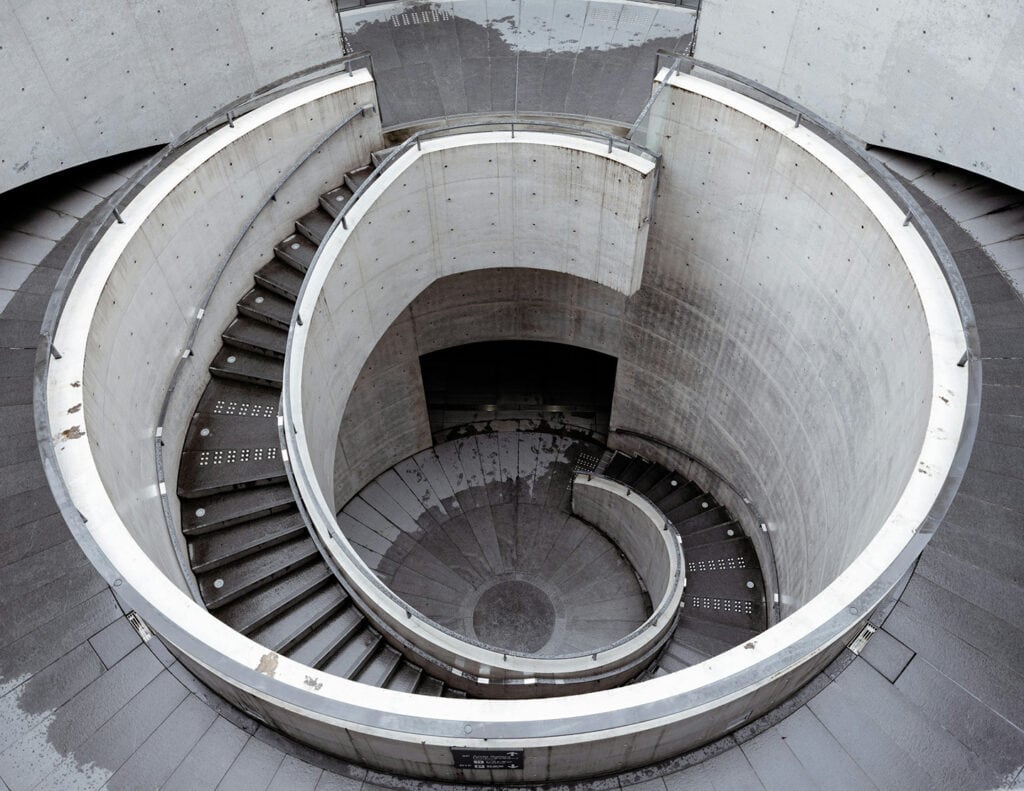
3. Shigeru Ban: Innovator of Paper Tube Structures
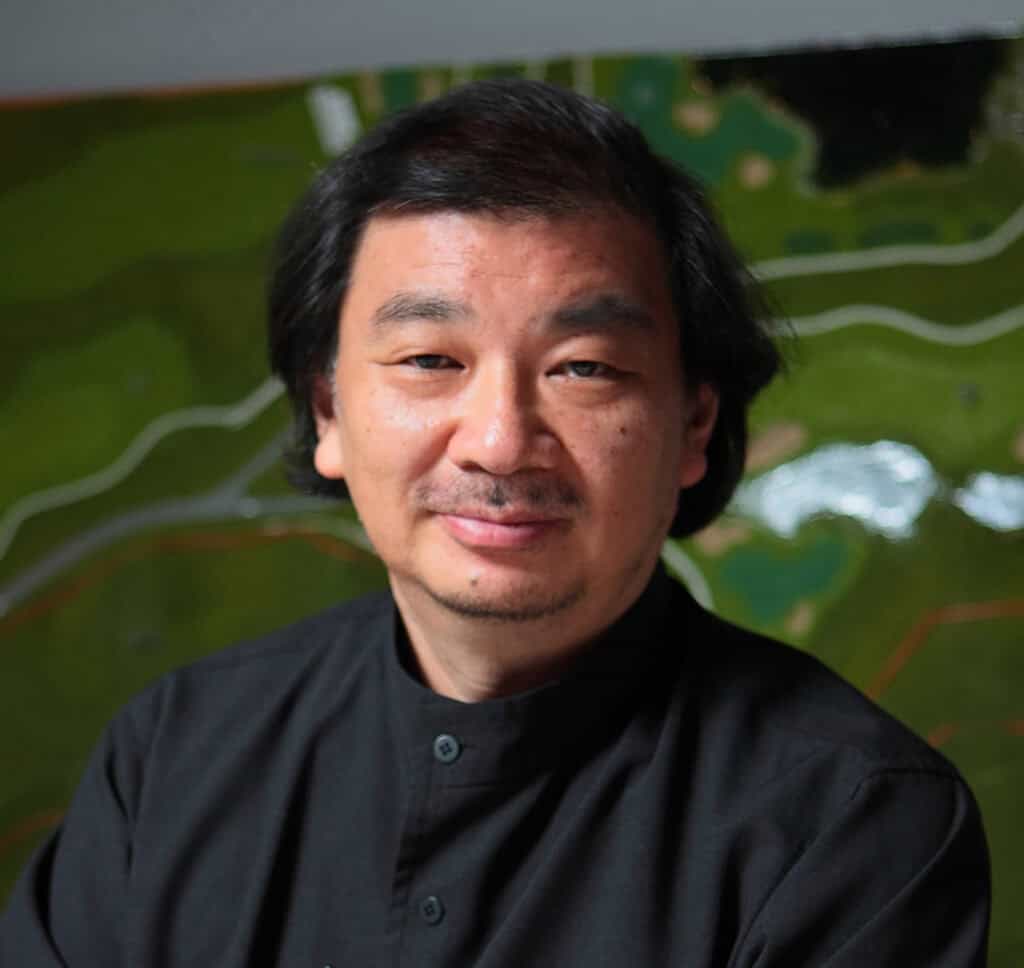
Shigeru Ban is famous for his innovative use of materials. This is especially true in humanitarian architecture. His work emphasizes sustainability and the urgent need for disaster relief solutions.
Ban’s philosophy is to create designs that impact society. They should also be sustainable.
Ban founded his own firm, focusing on public projects that address social issues. His work goes beyond aesthetics; it aims to create a positive impact on communities in need. Ban’s recognition includes the prestigious Pritzker Prize. It cements his legacy as an advocate for social responsibility in the field.
Notable Works:
- Paper Tube Shelters: These structures, for disaster victims, provide quick housing after natural disasters. They also resist earthquakes very well.

- Oita Prefectural Art Museum: It combines a modern design with its surroundings. It blends modern art with traditional Japanese styles.
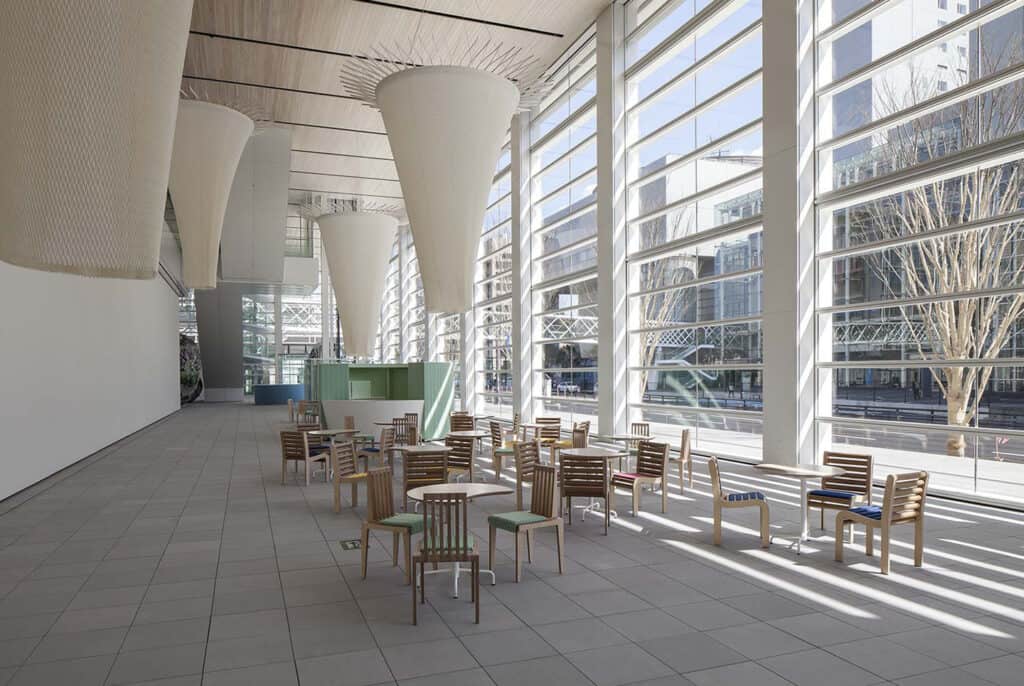
See also Famous Architecture in Japan: Top 13 Iconic Buildings in Japan
4. Kazuyo Sejima: Redefining Modern Art Spaces
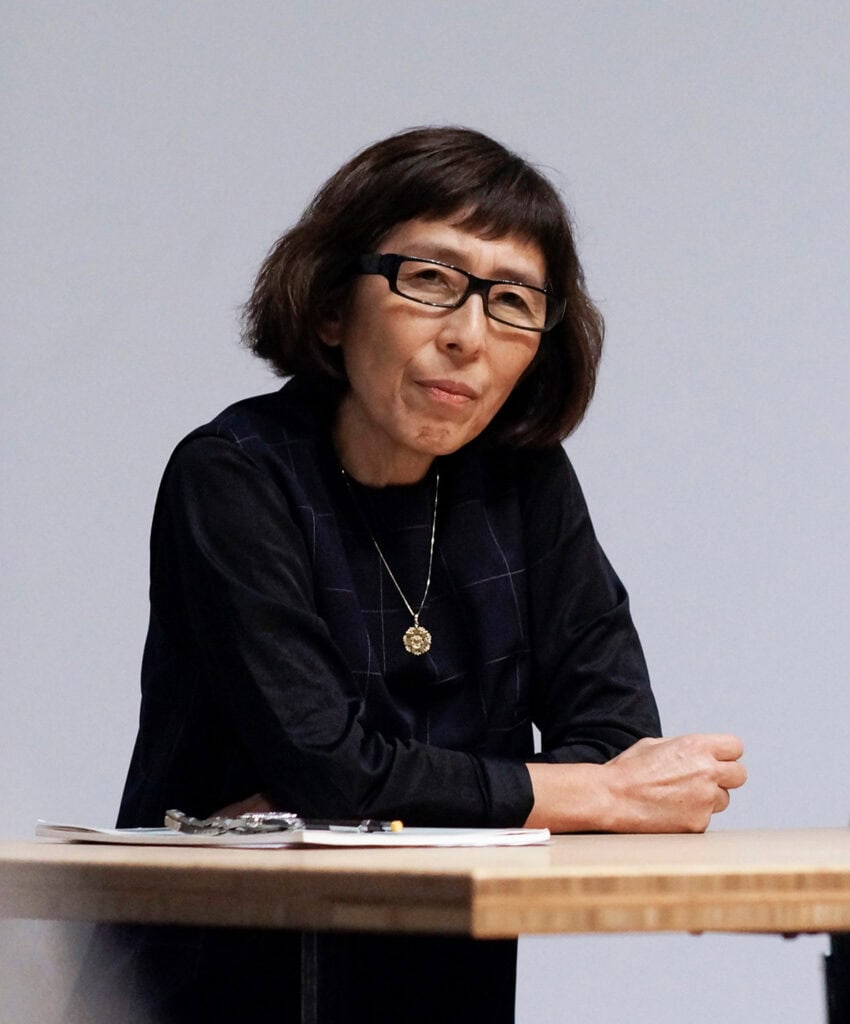
Kazuyo Sejima, the second woman to win the Pritzker Prize, is a key figure in architecture today. She is a partner at SANAA. Her philosophy is the discrete city. It emphasizes soft transitions between spaces. This allows for fluid interactions and a better user experience.
She is a leading Japanese architect and a professor at Japan Women’s University. She inspires future generations with her commitment to innovative design and urban planning. Her work underscores the importance of creating environments that invite exploration and reflection.
Notable Works:
- Rolex Learning Center: It uses light and transparency. This creates a harmonious space for art and learning.
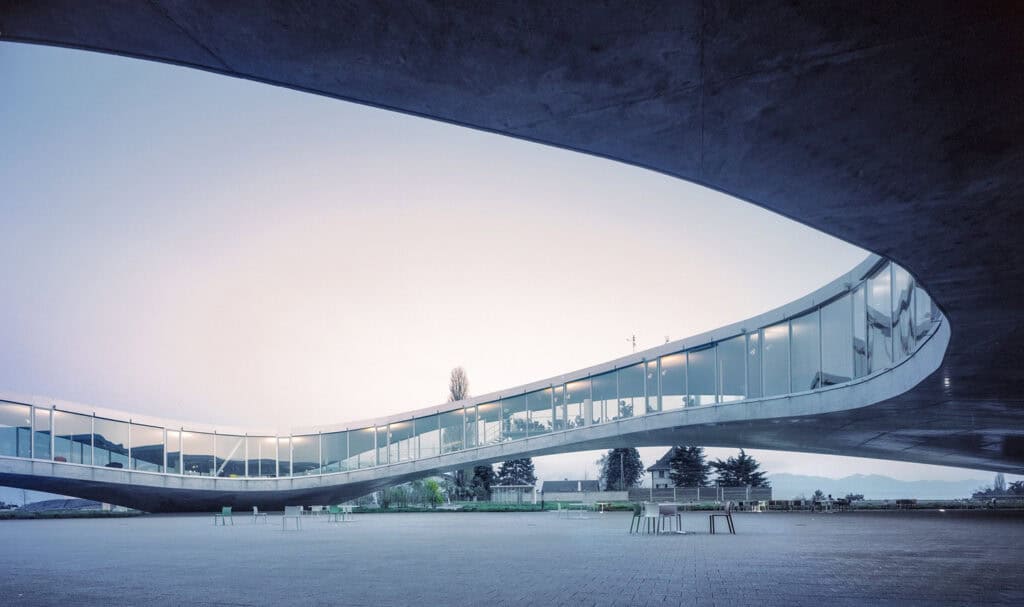
- Tama Art University Library: It shows her vision for architecture. It focuses on transparency and light.

5. Toyo Ito: A Visionary in Fluid Forms
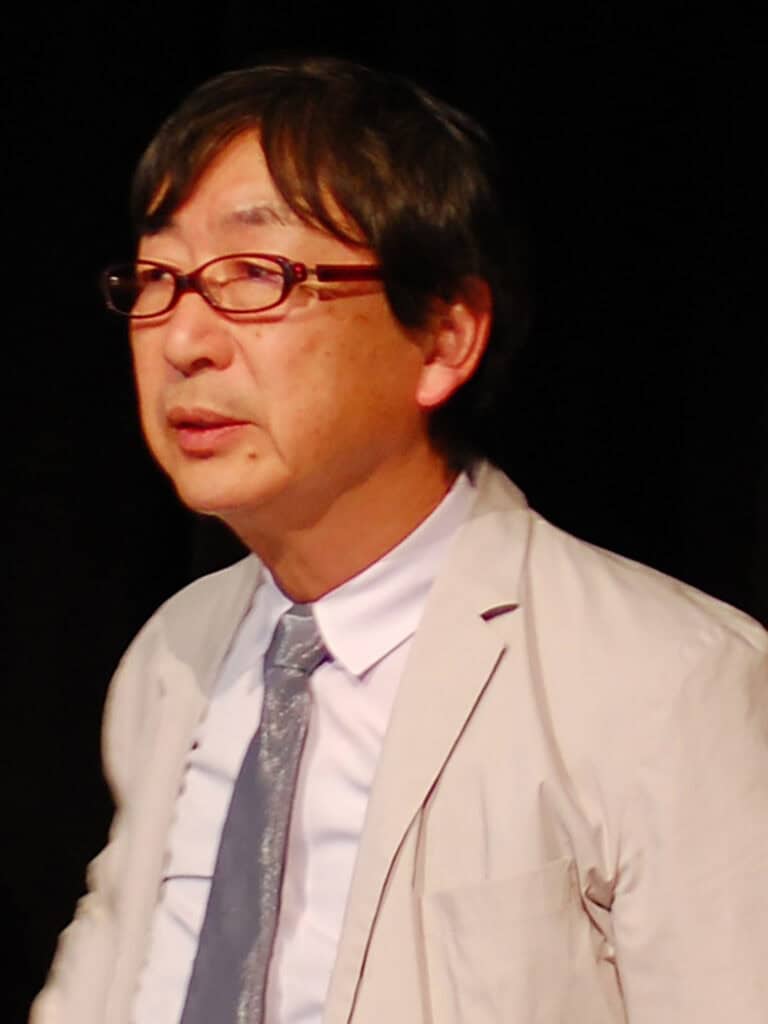
Toyo Ito is a leading figure in modern Japanese architecture. His designs often blur the lines between nature and buildings. They show a deep understanding of space.
Ito’s architecture values form. It inspires new uses of materials and design. His work in the Metabolist Movement has greatly shaped urban planning in Japan.
Notable Works:
- Mikimoto Building: It shows his skill at blending forms with their surroundings. It emphasizes light and openness.

- Toyo Ito Museum of Architecture: It shows his quest to blend tradition with modernity. It explores new ways to integrate architecture with its context.

6. Kengo Kuma: Advocate of Vernacular Architecture

Kengo Kuma is a prominent Japanese architect known for his advocacy of vernacular architecture. He skillfully blends traditional Japanese styles with modern design.
He emphasizes harmony with the environment. Kuma’s architecture seeks to connect buildings with their surroundings. He uses traditional Japanese construction techniques, blended with modern practices, to create innovative results.
As a professor at a prestigious Tokyo university, Kuma shapes future architects with his commitment to sustainable design. His legacy lies in the innovative fusion of traditional and modern architectural elements.
Notable Works:
- Japan National Stadium (Tokyo 2020 Olympics): It shows his green values and design.
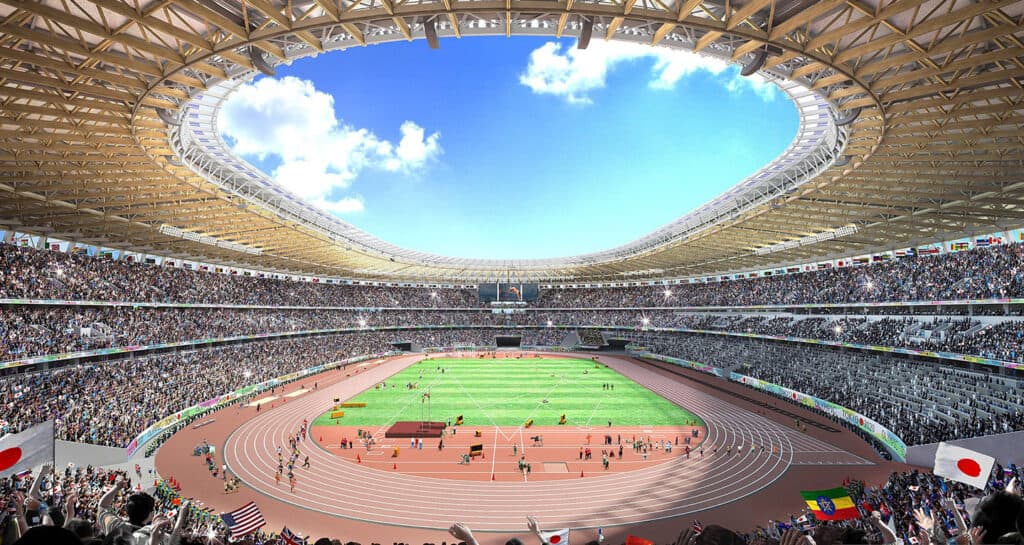
- Wood/ Pile: A meditation facility that demonstrates the integration of natural materials with the forest environment.

Famous Japanese Architects: A Recap

Famous Japanese architects have greatly influenced Japanese and global architecture. Their innovative approaches, which integrate traditional Japanese styles, have redefined architectural design.
These architects seek harmony with nature. Their work reflects cultural and historical contexts. They use techniques like earthquake resistance and natural light in their modern projects.
Toyo Ito and Shigeru Ban inspire debates on urban planning. They show new possibilities in architecture and community-focused designs. Their impact goes beyond Japan. They tackle global issues. They also celebrate Japanese architecture.




